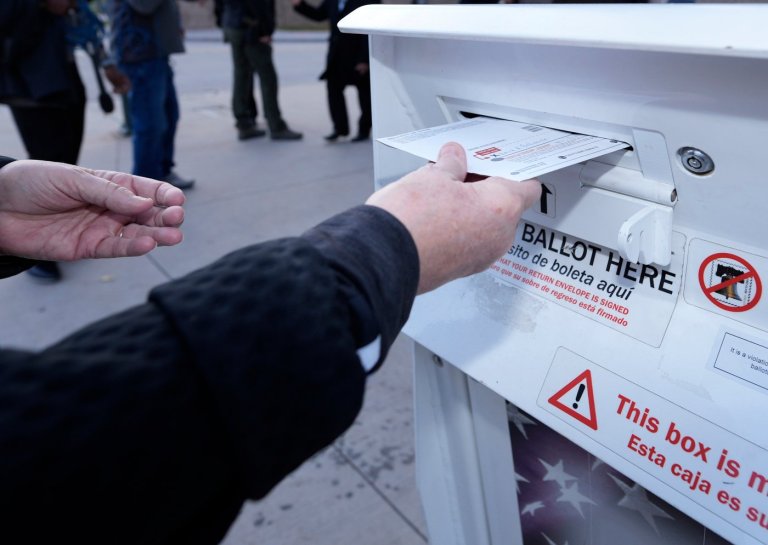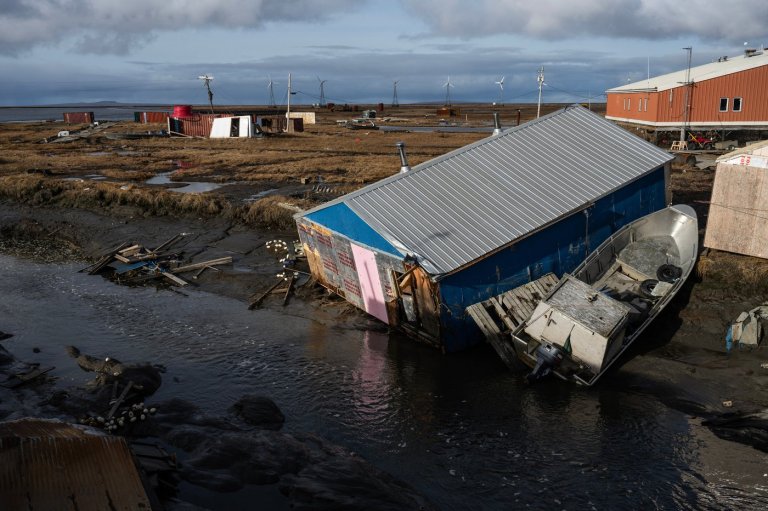Michael Smuss, who fought Nazis with Molotov cocktails during the Warsaw Ghetto Uprising, dies at 99
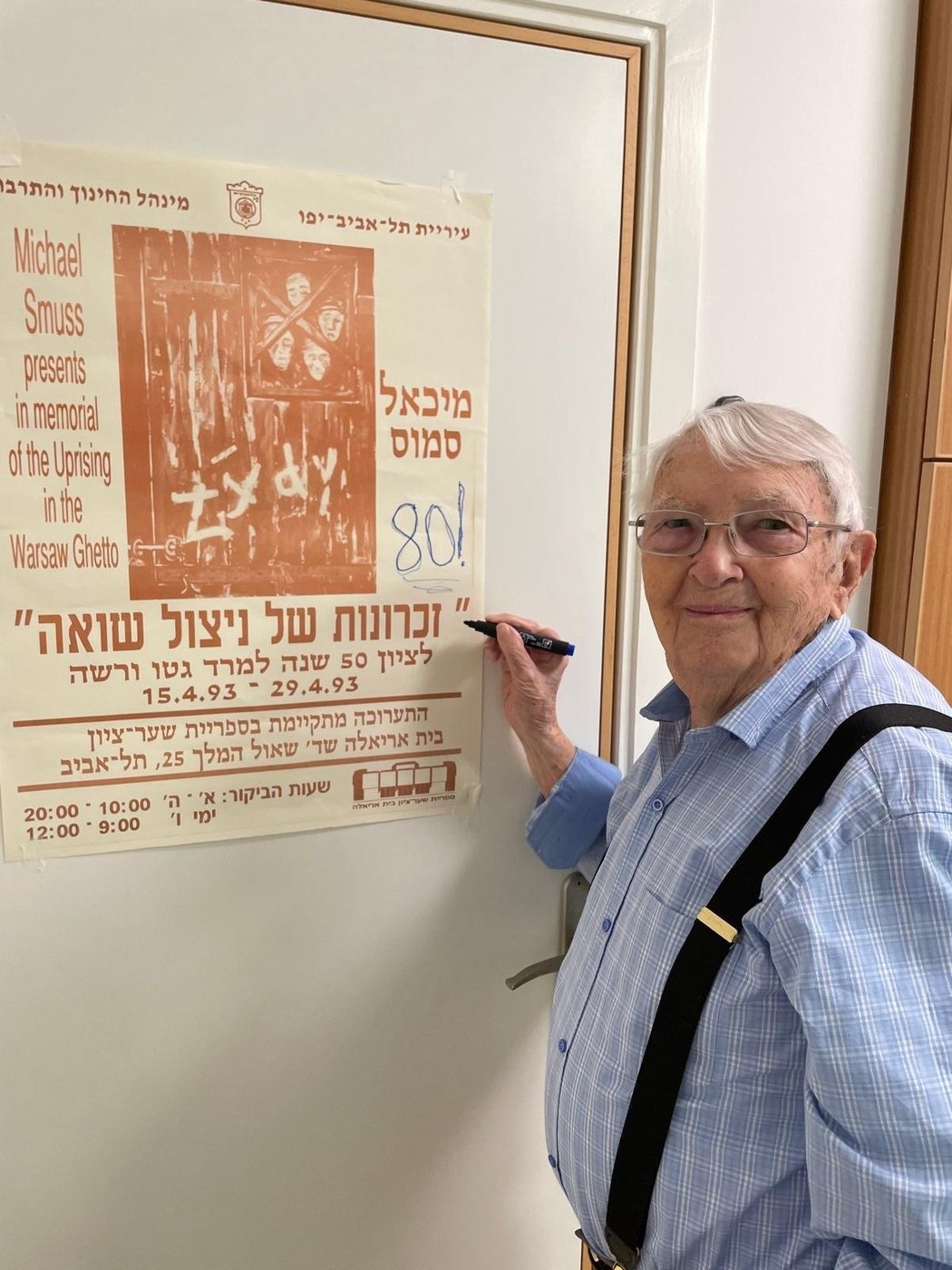
WARSAW, Poland (AP) — Michael Smuss, who fought Nazi soldiers with Molotov cocktails during the Warsaw Ghetto Uprising of World War II and became a painter after the war to process his trauma, has died. He was 99.
His wife in Israel confirmed his death on Thursday. She said Smuss died on Oct. 21. Yad Vashem, the World Holocaust Remembrance Center, said the funeral would take place on Friday.
Smuss was born in 1926 in what was then the Free City of Danzig, now Gdansk, Poland. He later moved to Lodz and Warsaw. In 1940, he became one of the hundreds of thousands of Jewish people forcefully imprisoned within the walls of the Warsaw Ghetto.
The Warsaw Ghetto initially held some 380,000 Jews who were cramped into tight living spaces, and at its peak housed about half a million people. Disease and starvation were rampant, and bodies often appeared on the streets.
Smuss joined the Jewish resistance in the ghetto and he was active in an underground group led by Mordechai Anielewicz, according to Frank Steffens, a family member living in Germany.
While working to restore helmets Nazi soldiers used in battle, Smuss had access to a thinning substance which could also be used to make Molotov cocktails. He stole as much of it as he could and passed it to the resistance.
“We filled up bottles which were then put up on the roofs of all the houses close to the entrance of the ghetto, with the expectation that, once they’re going to come, we’ll be throwing them down,” Smuss recounted three years ago in a video for the Sumter County Museum in South Carolina, which exhibited his art at the time.
When the Nazis entered the ghetto on April 19, 1943, with the intention of razing it to the ground, hundreds of Jews took up arms in a desperate attempt to fight back.
On that day, Smuss himself threw Molotov cocktails at the Nazi soldiers from the rooftops of the ghetto, Paul Diedrich, a family member living in Germany, who spent a few months with the man in Israel earlier this year, told The Associated Press.
He was also one of the few resistance fighters to survive the almost one month of fighting.
Smuss was arrested by Nazi troops and was on his way to Treblinka, when he was turned back by the Nazis themselves, who needed workers, according to Paul Diedrich’s account. He went on to spend time in other camps before surviving a death march in the spring of 1945.
After the war was over, Smuss went to the U.S., where he started a family.
Later, he moved to Israel, where his process of dealing with the Holocaust trauma began in earnest. He took up painting and met his second wife, Ruthy.
“From then on, Michael began to process his experiences artistically and went to German schools to show the descendants of his tormentors the unimaginable,” Diedrich said.
“Despite his experiences, he retained an unmistakable sense of humor,” he added. “He grinned and laughed with me even at the age of 99.”
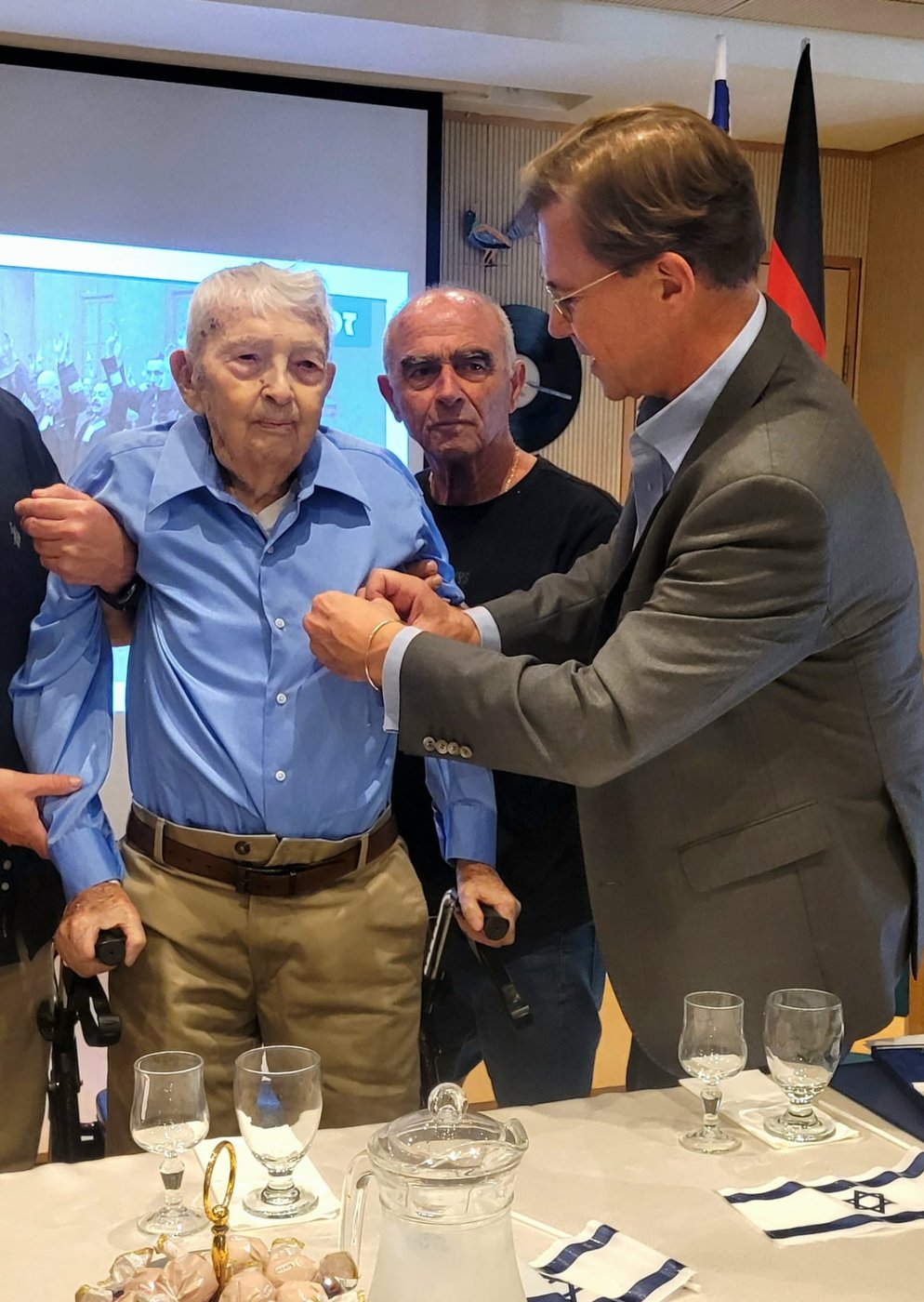
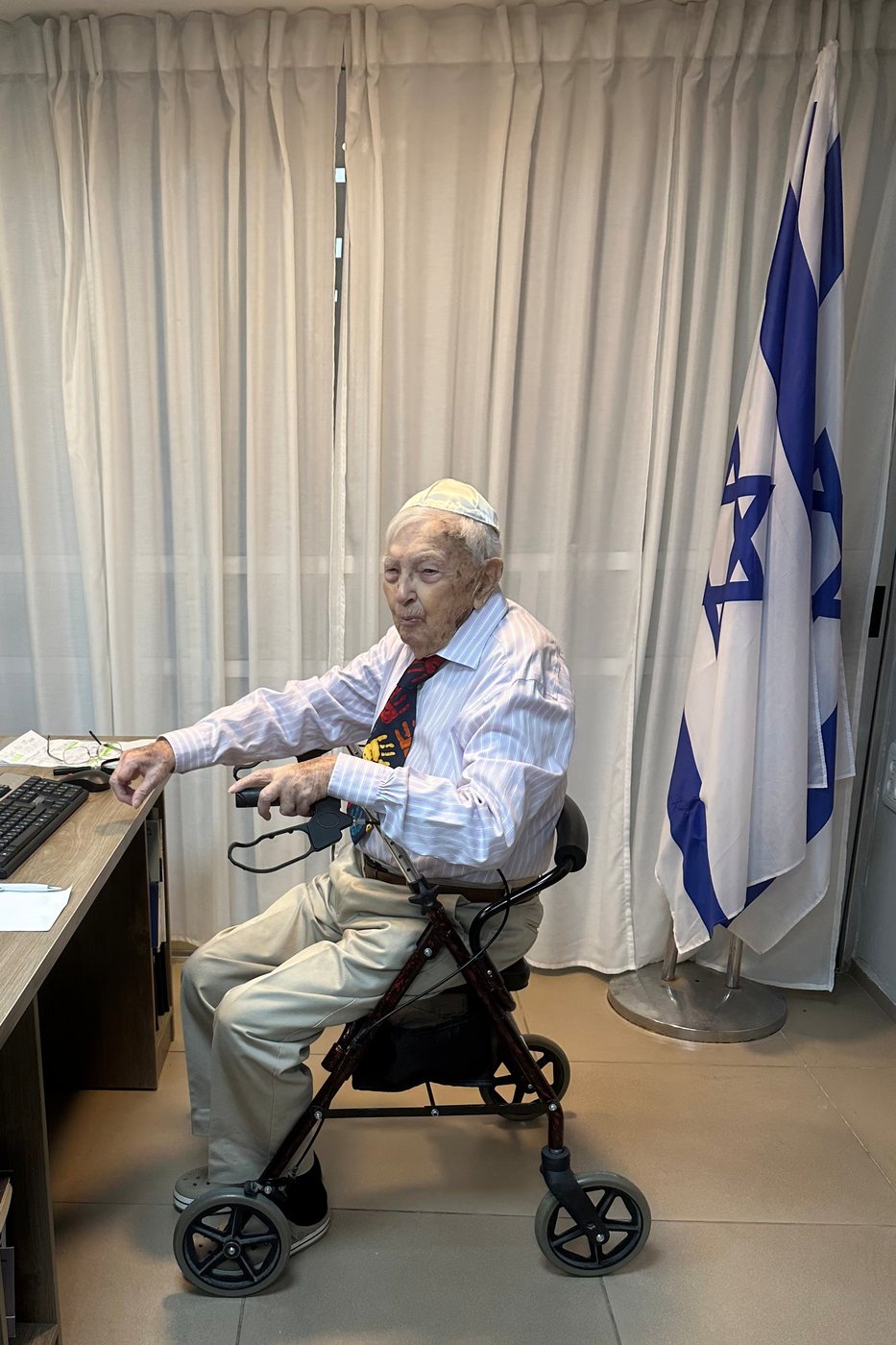
Join the Conversation!
Want to share your thoughts, add context, or connect with others in your community?
You must be logged in to post a comment.















